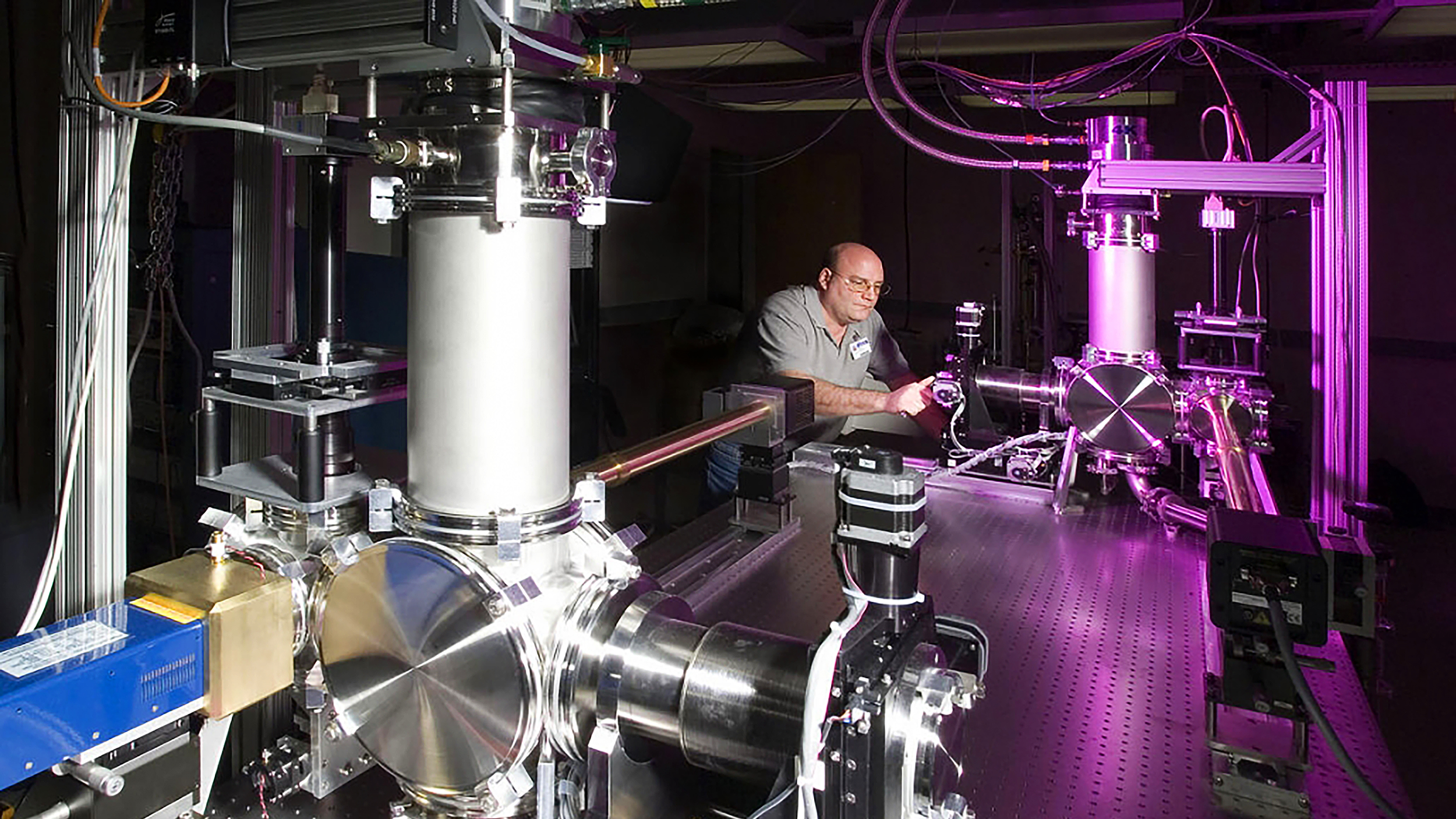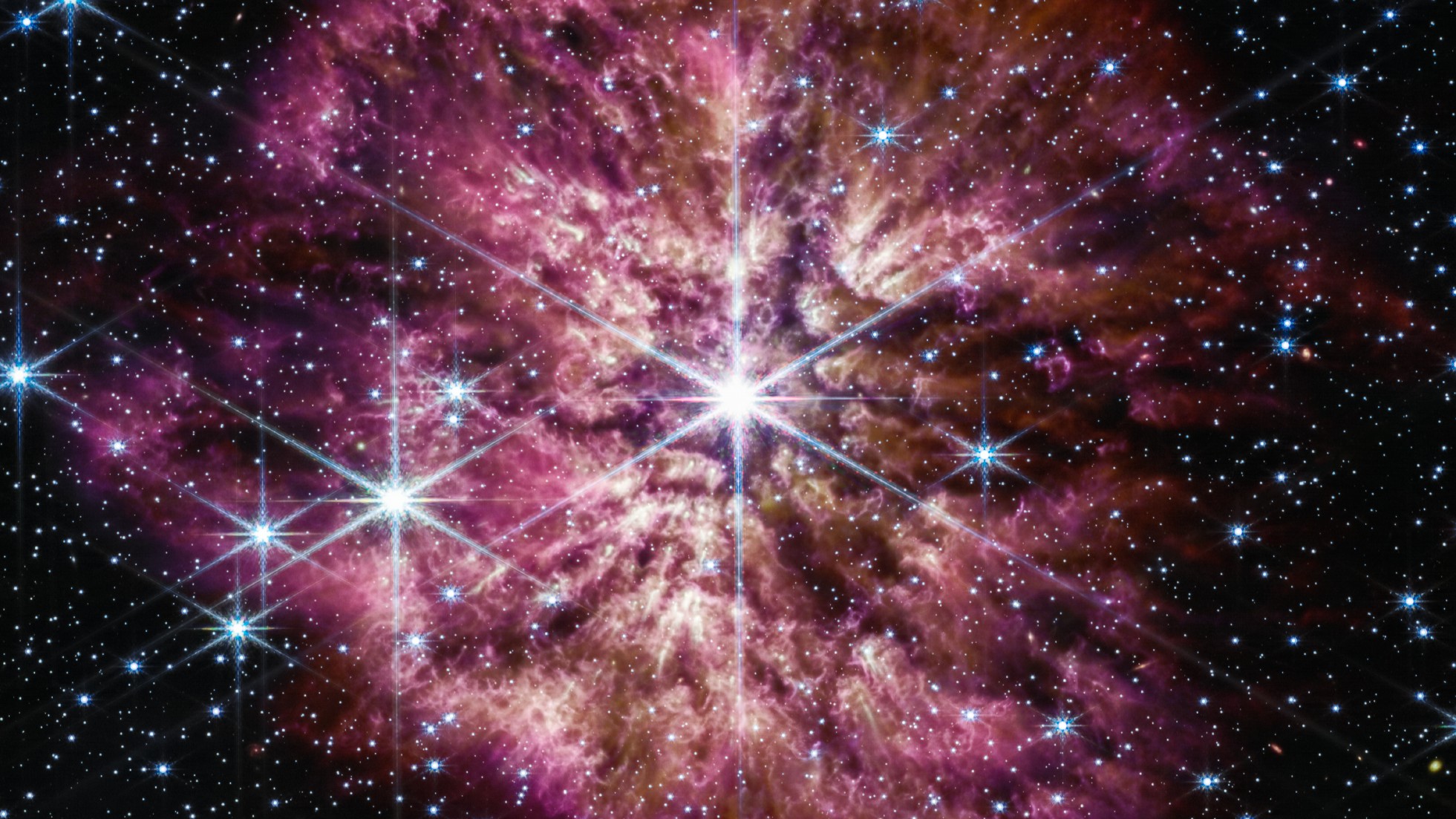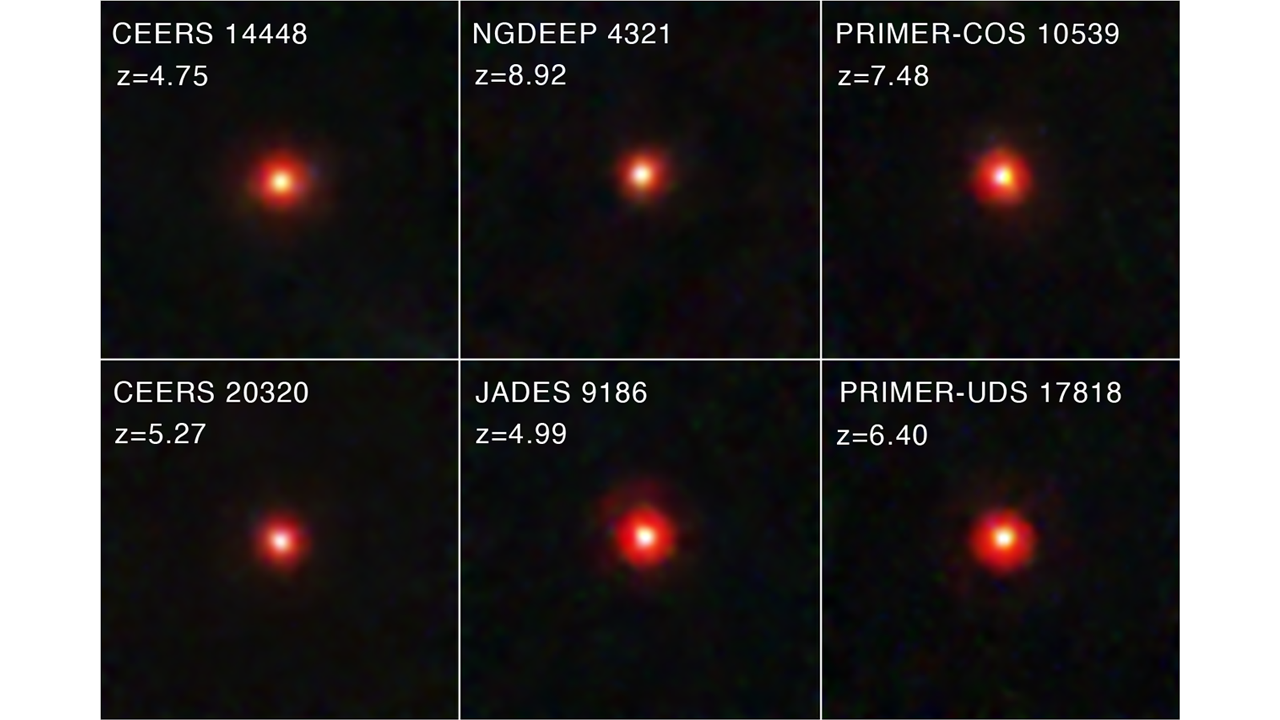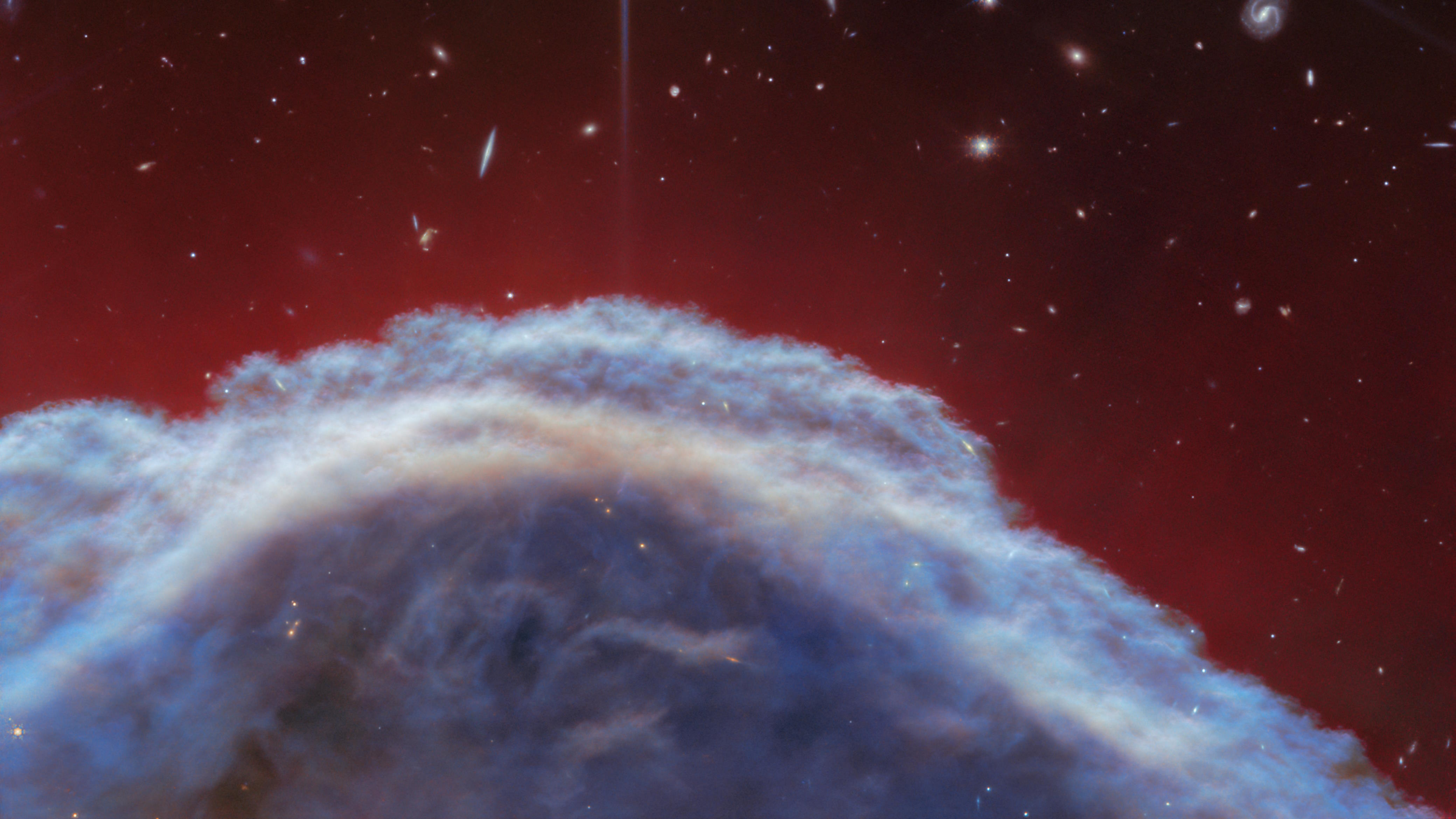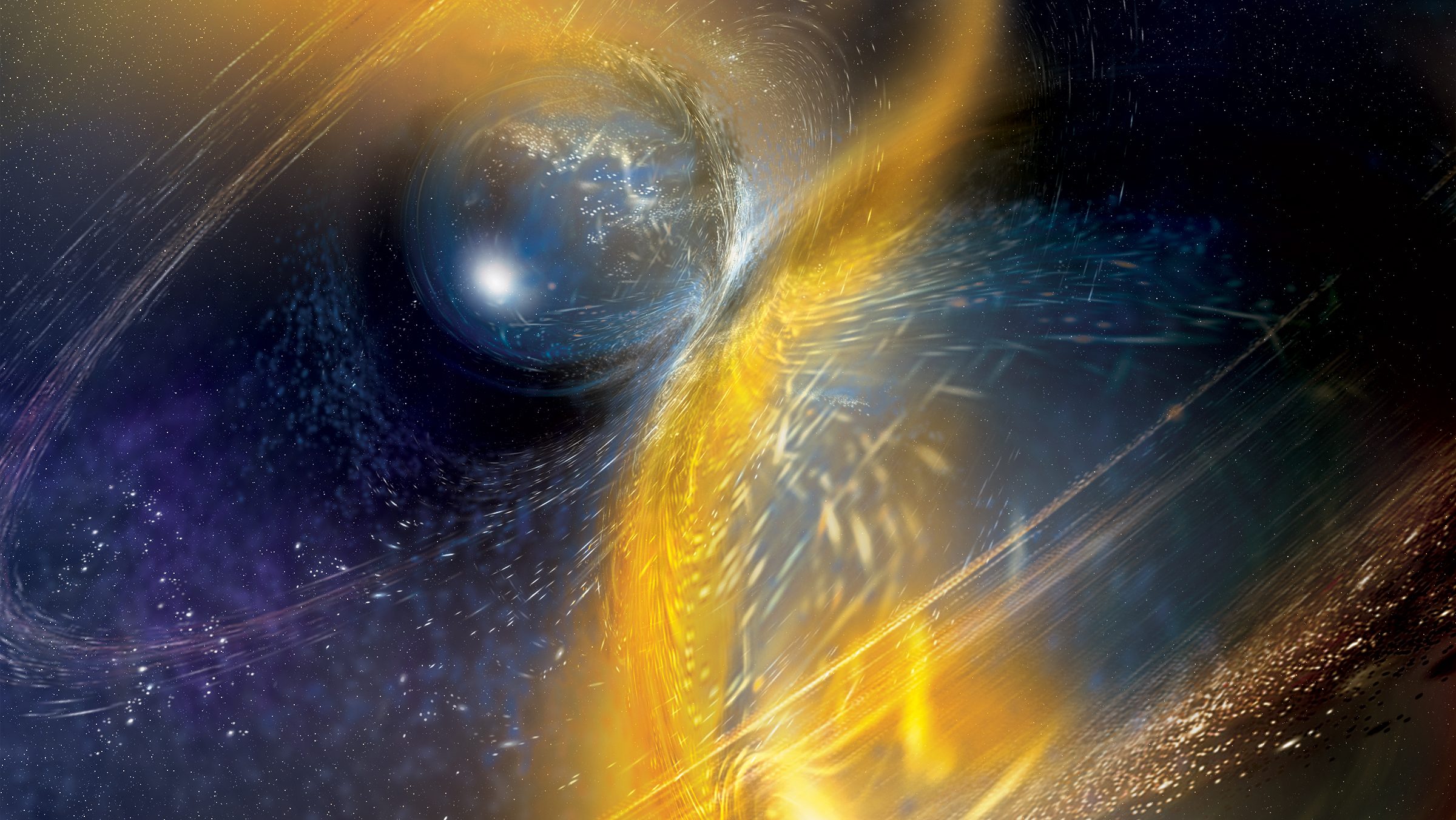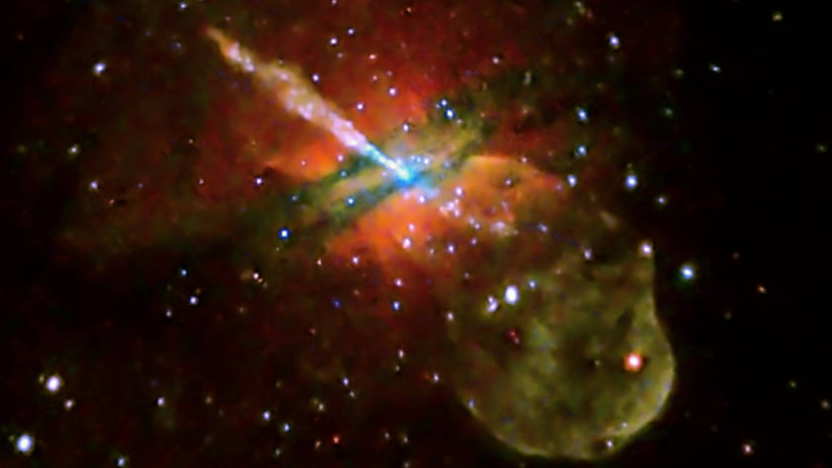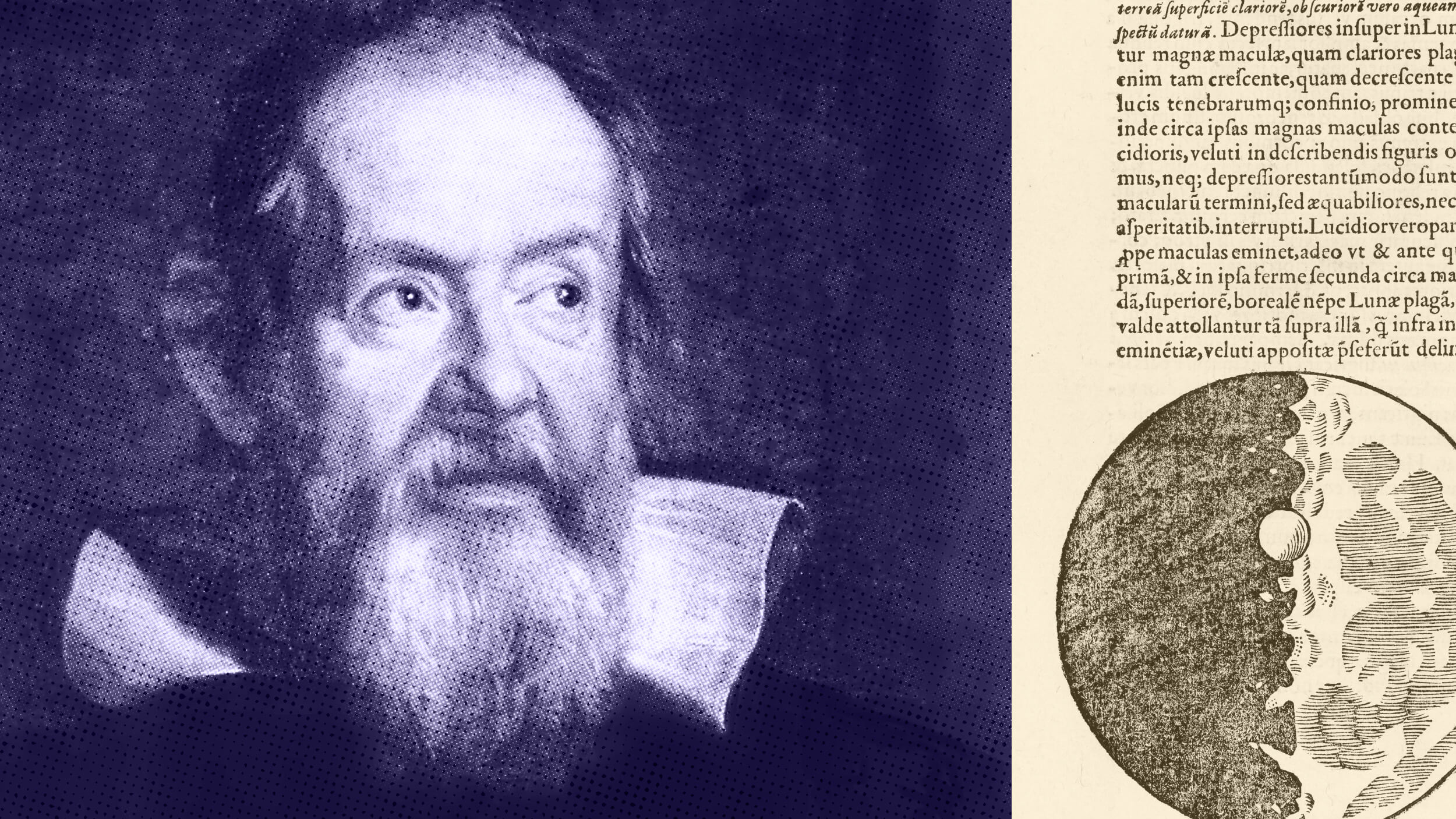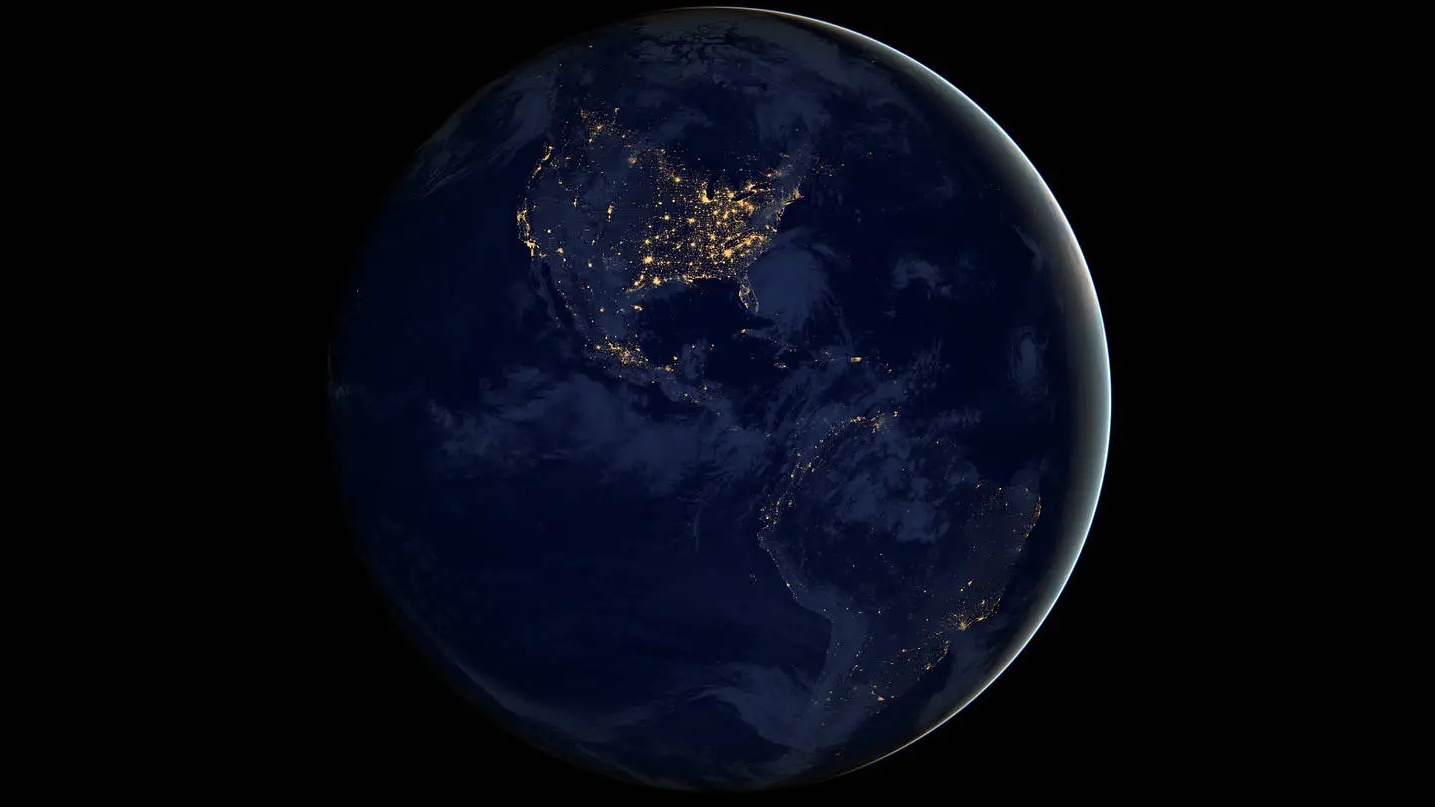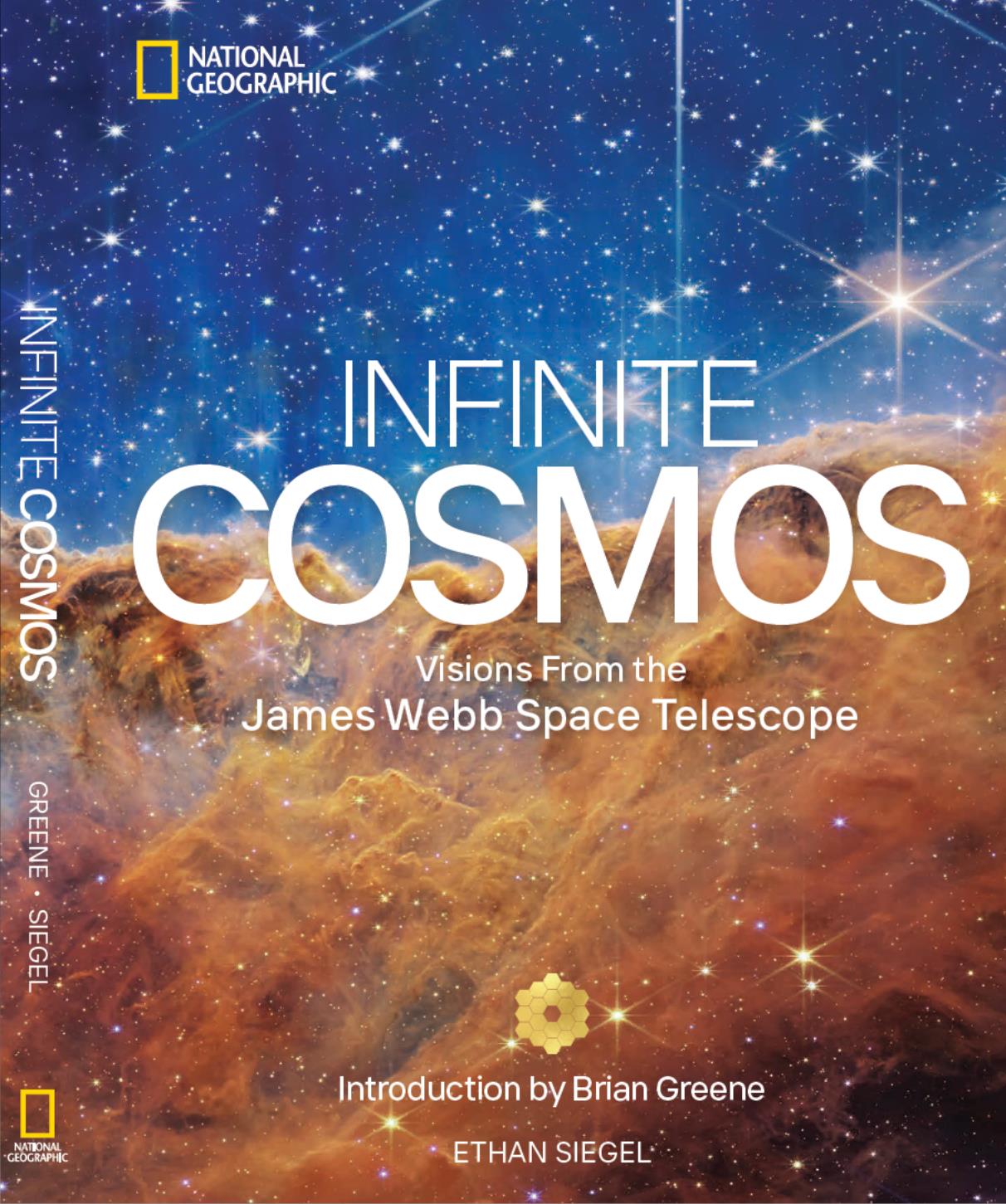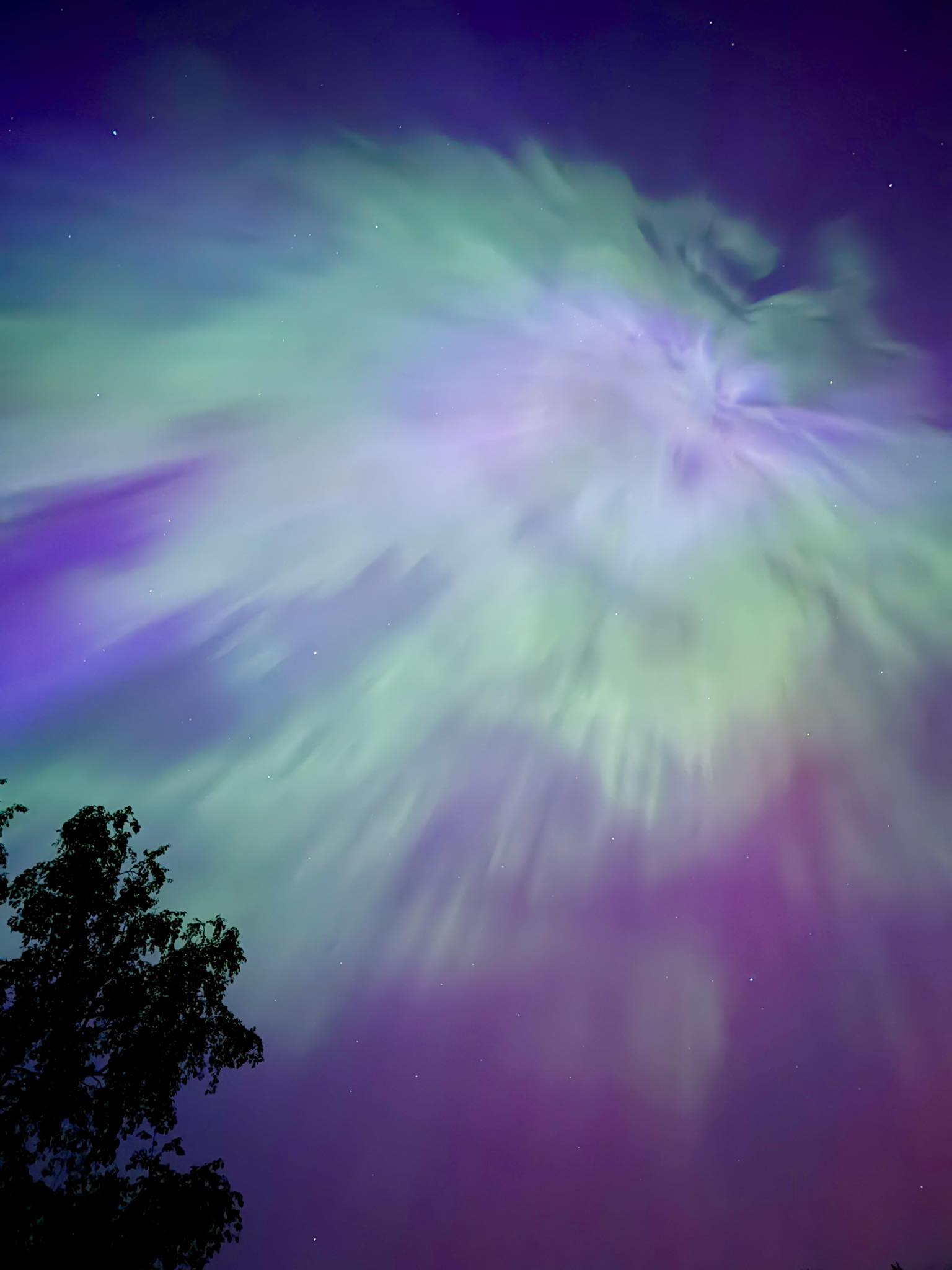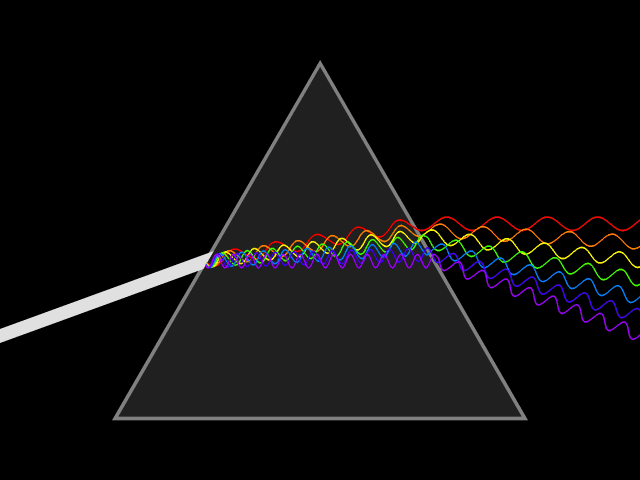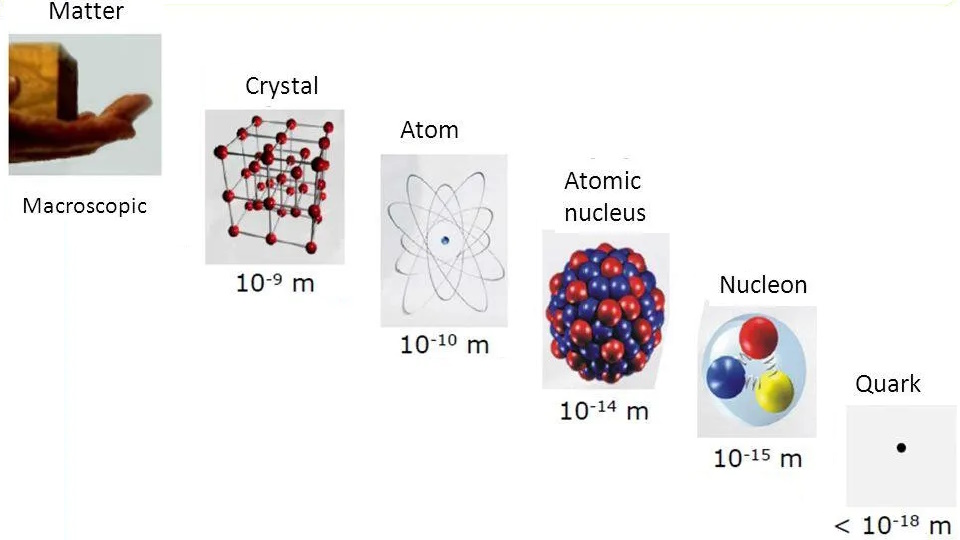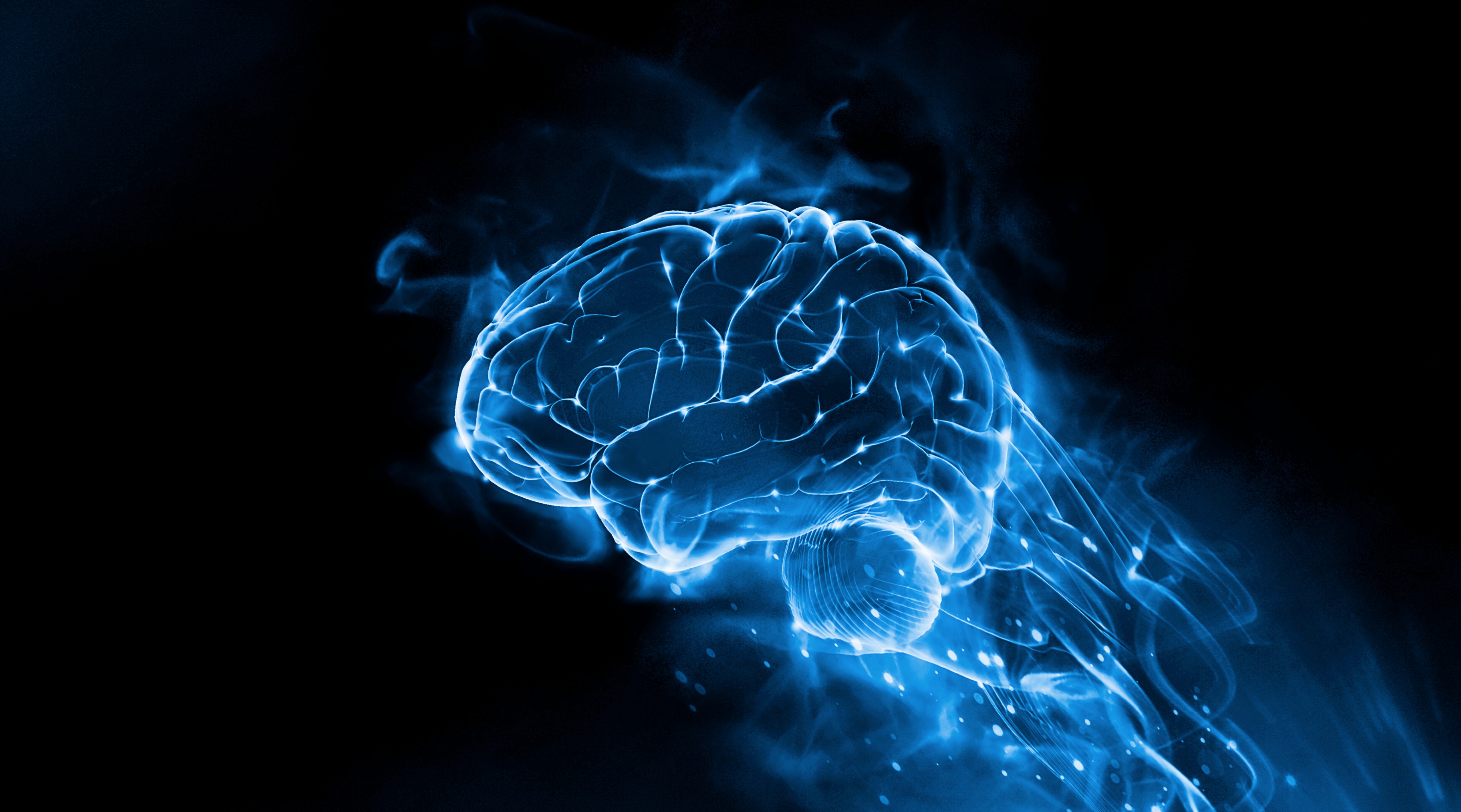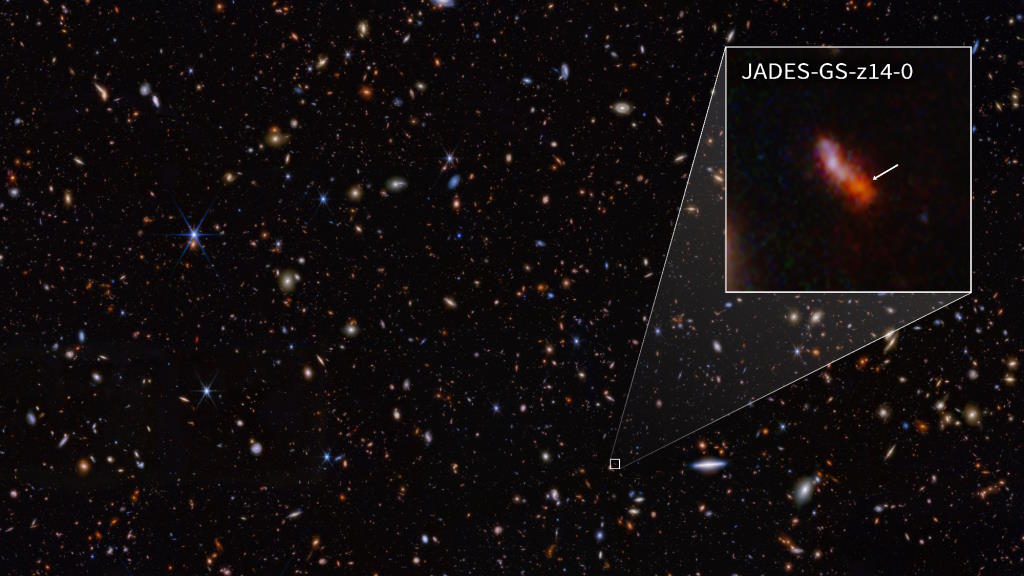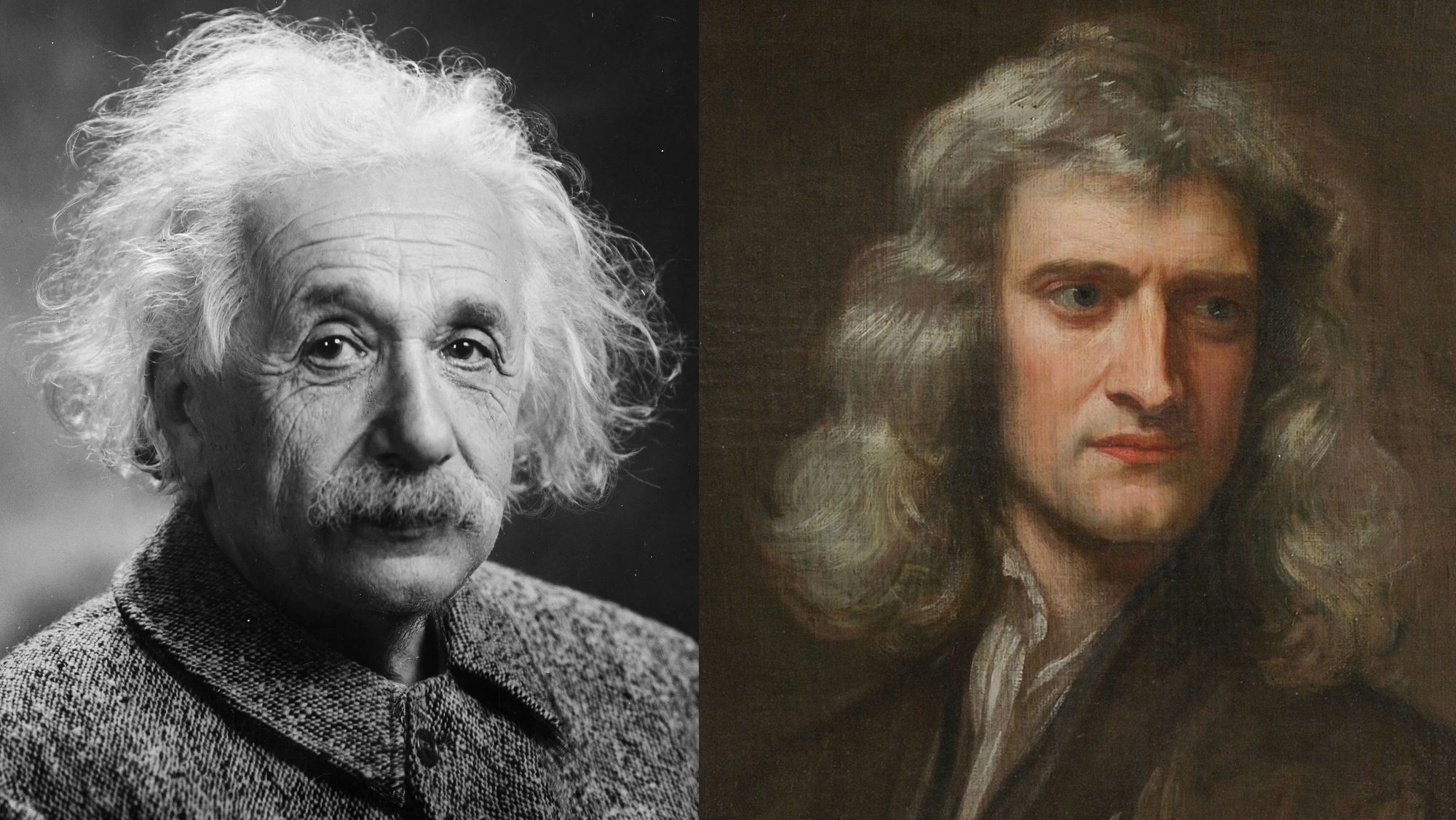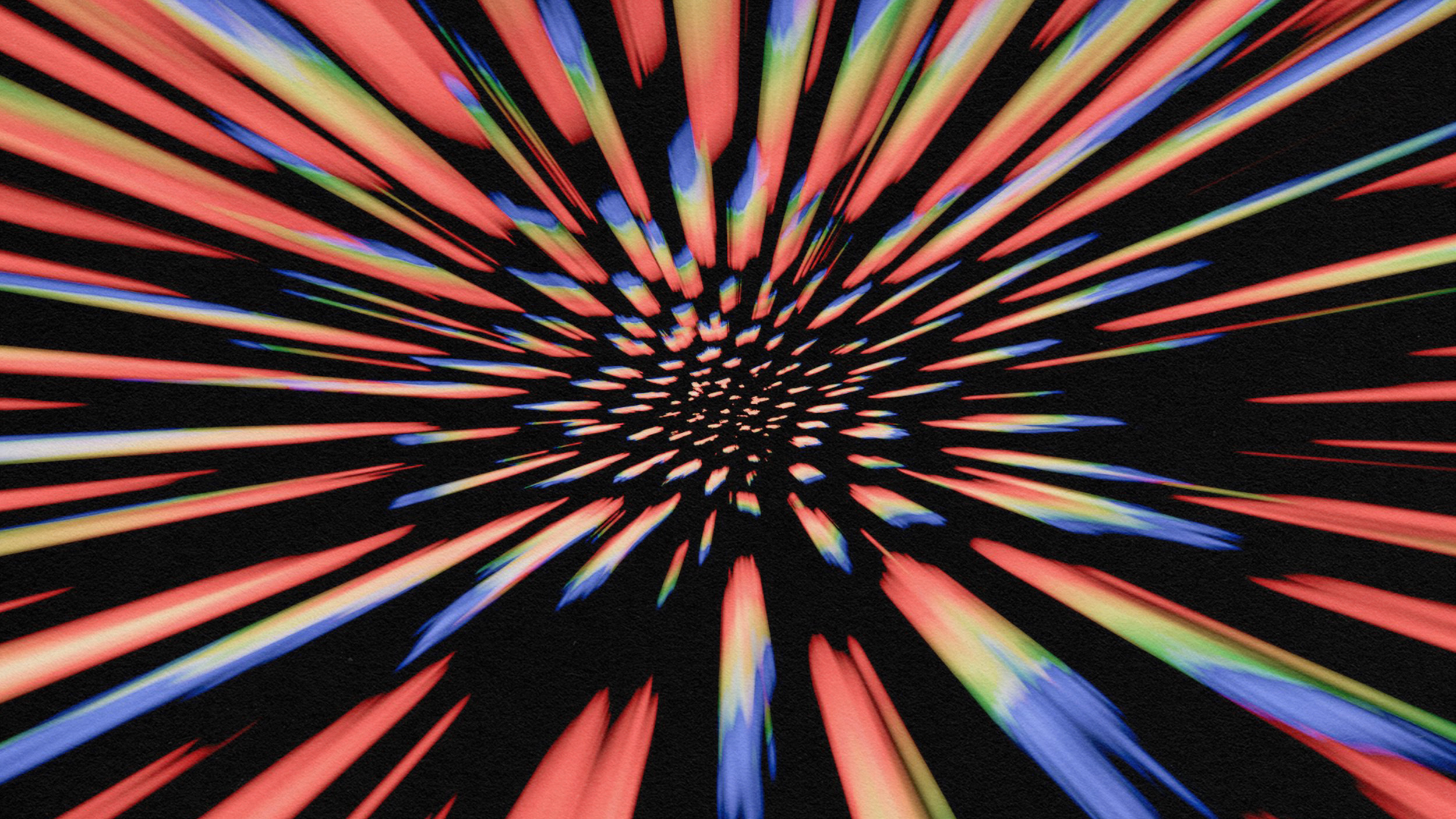Light can be turned into heat, which can then be turned into motion, and the effect of that motion can be turned into a big squeeze.
Search Results
You searched for: light
A new measurement offers insights on the density of the mysterious force driving the Universe’s expansion.
The discovery of ultra-bright, ultra-distant galaxies was JWST’s first big surprise. They didn’t “break the Universe,” and now we know why.
It was barely a century ago that we thought the Milky Way encompassed the entirety of the Universe. Now? We’re not even a special galaxy.
The most iconic “dark nebula” of all lights up under JWST’s infrared gaze. Here’s what’s newly discovered inside.
In 2017, a kilonova sent light and gravitational waves across the Universe. Here on Earth, there was a 1.7 second signal arrival delay. Why?
From inside our Solar System, zodiacal light prevents us from seeing true darkness. From billions of miles away, New Horizons finally can.
Here in our Universe, stars shine brightly, providing light and heat to planets, moons, and more. But some objects get even hotter, by far.
Black holes are the most massive individual objects, spanning up to a light-day across. So how do they make jets that affect the cosmic web?
By looking back at future dreams we can see our current hopes and visions in a whole new light.
“I was stunned. Here in front of me was the original apparatus through which a new vision of the world was slowly and painfully brought to light.”
The closest known star that will soon undergo a core-collapse supernova is Betelgeuse, just 640 light-years away. Here’s what we’ll observe.
Even from a single pixel, multiwavelength data taken over time can reveal clouds, icecaps, oceans, continents, and even signs of life.
We understand many things about our Universe, and our home within it, extremely well. The number of stars in the Milky Way isn’t among them.
Despite many ultra-distant galaxy candidates found with JWST, we still haven’t seen anything from the Universe’s first 250 million years.
Many were hoping that JWST would find the first stars of all. Despite many hopeful claims, it hasn’t, and probably can’t. Here’s how we can.
National Geographic’s first James Webb Space Telescope book shows us the cosmos like never before.
The Michelson-Morley experiment of 1887, despite expectations, revealed a null result: no effect. The implications were revolutionary.
The most iconic, longest-lived space telescope of all, NASA’s Hubble, is experiencing orbital decay as the solar cycle peaks. Here’s why.
Invisible cloaks. Ghost imaging. Scientists are manipulating light in ways that were once only science fiction.
When we divide matter into its fundamental, indivisible components, are those particles truly point-like, or is there a finite minimum size?
Recent research sheds light on how the brain overgeneralizes fear, causing people to be afraid of harmless situations.
All telescopes are fundamentally limited in what they can see. JWST reveals more distant galaxies than Hubble, but still can’t see them all.
Coming from just 280 million years after the Big Bang, or 98% of cosmic history ago, this new, massive galaxy is a puzzle, but not a mirage.
It’s not only the gravity from galaxies in a cluster that reveals dark matter, but the ejected, intracluster stars actually trace it out.
The most famous Hubble images show glittering stars and galaxies amidst the black backdrop of space. But more was captured than we realized.
For centuries, Newton’s inverse square law of gravity worked beautifully, but no one knew why. Here’s how Einstein finally explained it.
The sharpest optical images, for now, come from the Hubble Space Telescope. A ground-based technique can make images over 100 times sharper.
The color of the shirt you’re wearing right now depends on many factors, from your eye shape to what language you speak.
